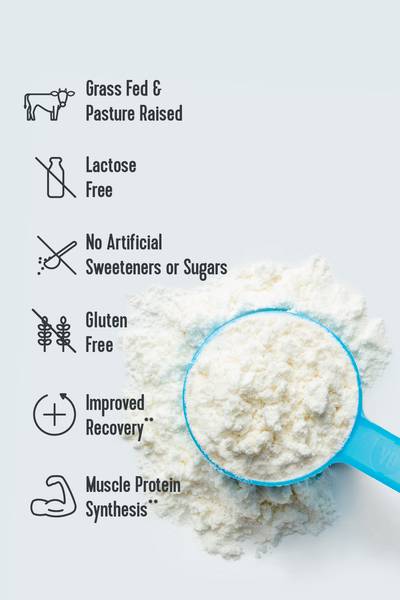Having strong, toned arms is like walking around with a gold star for all the training you've put in at the gym. Nothing says confidence like a girl who commits to her fitness goals and achieves them. The days of thinking lifting heavy weights should be for gym bros only are behind us. But how muchweightlifting for womendoes one need to do to get arms like Jessica Biel or Michelle Obama?
Listen up — you don't want to shy away from lifting heavy. There can be many benefits, and you shouldn't be afraid you'll "bulk up" if you pick up a heavy weight. With the proper weightlifting routine and diet, you should see a difference in your body every 4 to 6 weeks — and feel strong and confident. Consistency is key to seeing and feeling the best results. Your first step is to establish how heavy you need to lift and plan out what your weekly workouts look like. Here's how.
Vital Note: This article has been made available for informational and educational purposes only. It is not intended to be a substitute for professional medical advice, diagnosis, or treatment. Always seek the advice of your physician or another qualified health provider with any questions you may have regarding a medical condition. Your licensed healthcare professional can best provide you with the diagnosis and treatment of any medical condition and assist you as well in deciding whether a dietary supplement will be a helpful addition to your regimen.

Set a Baseline
Wherever you're at with your fitness goals, establish a baseline. To figure out what weight you should start with, you'll want to figure out what you can use to complete your workout so that it feels challenging but you're not struggling or finishing your reps with improper form. To help you figure out what weight you should start with, complete 3 sets of 12 reps of each of the following exercises:
- Chest Press
- Lat Pull-Down
- Overhead Shoulder Press
- Triceps Extension
- Biceps Curl
Remember: choose a weight that makes finishing each set challenging but not overly impossible. This might mean choosing different weights for different exercises, and that's okay! Depending on your goals, baselines can also include taking measurements and pre-workout plan photos. Write this information down. Check in with yourself about the amount of weight you need to complete each move to build strength. When you're able to complete an exercise easily with the weight you have, you can try adding reps. Once that's too easy, it's time to add weight.
Related Articles
Create a Six-Week Plan
Finding time to train can be tough, but it's not impossible. Depending on your goals and fitness levels, you'll want to start with one 15-to 20-minute upper body workout per week. If you only have a short amount of time to exercise each week, we suggest incorporating HIIT workouts to your routine, which are a great way to get a full-body workout in.
Eventually try for two to four 30-45 minute whole body strength weekly workouts. At least two of those workouts should include upper body exercises that utilize all of your upper body muscles. Weightlifting for women is healthy. But doing too much — or too little — isn't. Find a happy medium where you'll reap the benefits of your training without feeling burned out. While it's okay to be sore after your workouts, being so sore you can't lift your arms to blow dry your hair may be a sign you're overdoing it.
Try Micro-Cycle Periodization
Once you have your baseline set and a game plan in motion, start to break apart your weekly workouts into exercises by muscle group. For example, set one day aside to work on biceps and back, another to work triceps and shoulders and one day where you work your lower body.
Micro-cycle periodization is training that alternates arm muscles and exercises in a standardized way throughout the day, week or month. It produces lean muscle mass while preventing overtraining and injury.
The best thing you can do to build arm muscle is simply to get started. Even if you focus on lifting arms once a week, strength training is strength training. Assess your baseline, implement a consistent plan and standardize your workouts to rotate in all upper-body muscle groups. Weightlifting for women doesn't mean you'll "bulk up," but it does boost strength and confidence!















